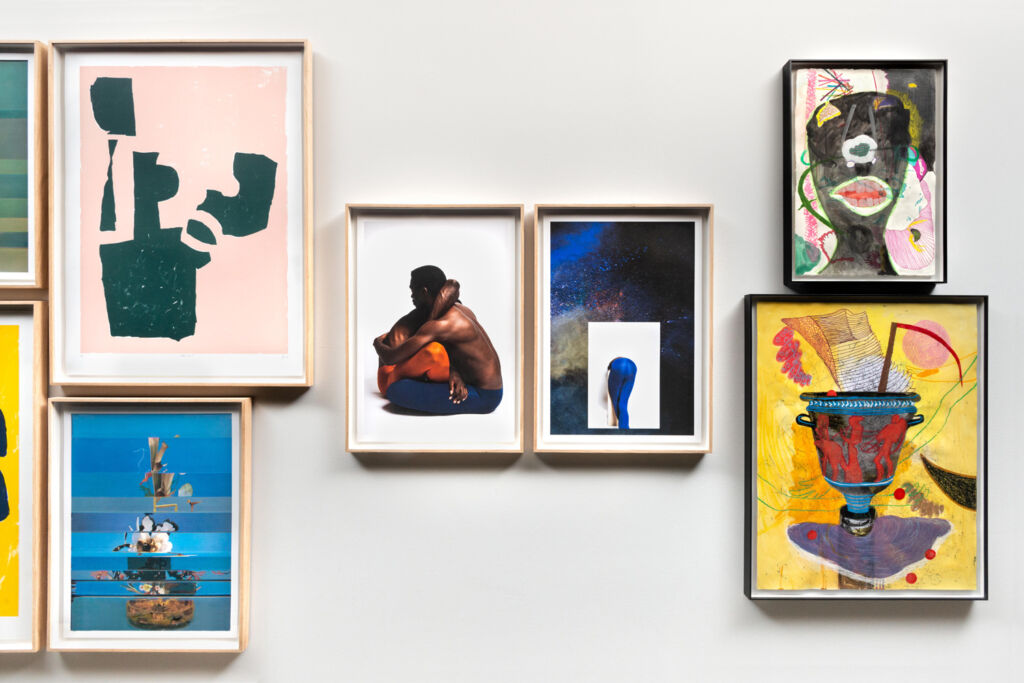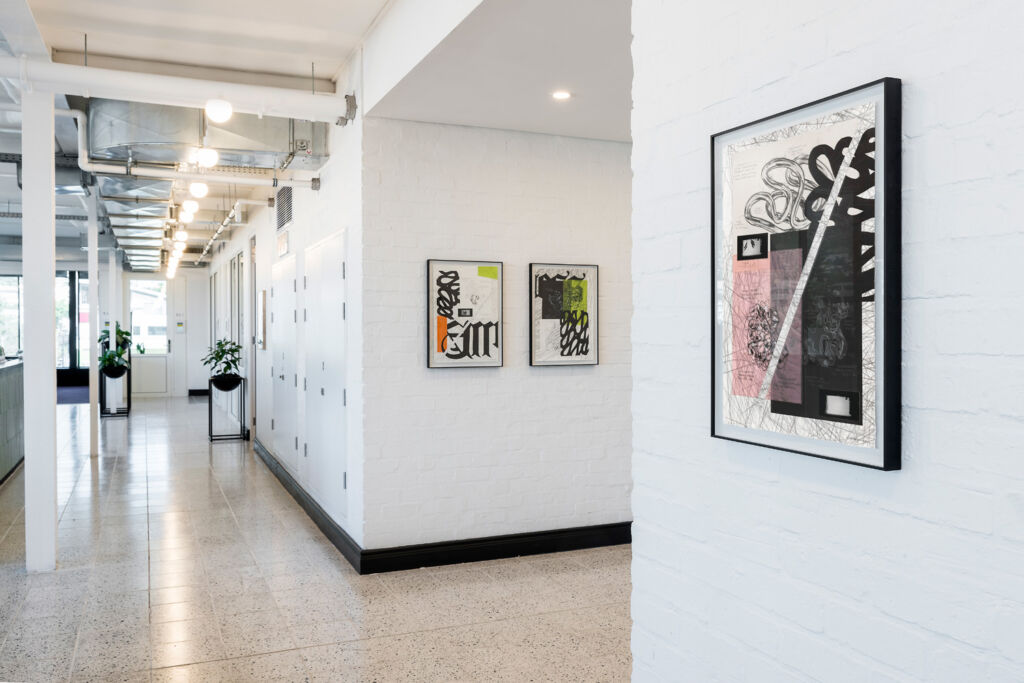

Art Gazette is an online platform that has been dubbed the “Net-a-porter of art lovers.” At its helm is Nigel Hurst, the former CEO of Saatchi Gallery, who, along with his team, is making it simple for consumers to buy exclusive pieces of contemporary art.
Nigel Hurst knows a thing or two when it comes to art. He alongside Charles Saatchi are the people credited with launching the careers of YBA’s Tracey Emin and Damien Hirst. Art Gazette is seeking to change how we buy art, just as Deliveroo, Asos and Net-A-Porter and others have been integral in changing the public’s buying habits.
Art Gazette sells smaller artworks by hand-picked contemporary artists from around the world at affordable prices. These individual series of artworks selected by Art Gazette are exclusive as they are smaller works that artists make between their major gallery shows.
Consider them the equivalent of couture fashion designers making an affordable high street range. Most importantly, these works have never been sold before.
One of the unique aspects of Art Gazette it’s bespoke curatorial service.


The service enables customers, assisted by experienced curators, to select a series of original one-off artworks that will bring a home or office space to life. In addition, the curators also offer an installation service to help hang the artworks in a way that will radically transform your space.
Art Gazette’s approach to selling artwork means that art lovers don’t have to wait for artists to exhibit their work at gallery shows before making a purchase. Instead, they will be able to buy “off the peg” artworks straight away.
Art Gazette sells work by over 400 artists from 40 countries worldwide. Below is a selection of some of the artists whose work will be available to purchase:
Emmely Elgersma is a sculptor, ceramist, and football coach, based in East London. Surrounded by buckets of PVA glue and stacks of newspapers, Elgersma uses her studio like a surreal kitchen, concocting wonky sculptures and wobbly objects that look good enough to eat (but probably don’t taste very good).
Emmely was unable to make her sculptures during lockdown due to not being able to safely access her studio. Art Gazette became a lifeline for Emmely when they bought preparatory sketches of her work, enabling her to pay her rent.
Faatimah Mohamed-Luke Lives and works in Cape Town and uses plastic building blocks to create large-scale, tessellated works that blur the line between art and playfulness. Her use of Lego bricks questions material norms for making art and instead emphasises the joy of basic early-age building and construction.
Faatimah uses repeated forms to introduce historic Arabic and African designs that she traces to her heritage to bring bold patterns into her wall reliefs.
South African Artist Cameron Platter‘s multi-disciplinary work appropriates and filters the sheer abundance of information available today.
His works blur the line between high and low culture, and his eclectic approach to making art takes inspiration from sources as disparate as fast food, psychedelics, art history, photography, consumerism, landscape, therapy, collage, and advertising.
London-based Charley Peters is a painter. Her precise canvases juxtapose abstraction and Pop Art with aesthetics suggestive of the information age.
She has made work for London’s private member’s club, The Hospital Club and exhibited at Saatchi Gallery, Cinema Rich Mix in East London and the Camden People’s Theatre, along with more than 100 gallery exhibitions internationally.
Cherelle Sappleton, Lives and works in London. As well as creating performances that explore feminist agendas and representation of the black female body, Sappleton also uses photomontage, moving image and photography to create abstract collages.
She has exhibited at the National Theatre, worked with Yinka Shonibare and the National Trust. She has also held several solo exhibitions in America and the UK.
Italian artist Adeline De Monseignat Lives and works in London and Mexico City. Her work focuses on birth, fertility, anthropomorphism and the uncanny; Adeline uses fur, glass, textiles, steel and marble, to reflect both the vulnerability and potential of the human body.
For more information on Art Gazette, visit the online platform at https://artgazette.com.
Read more art-focused articles here.
